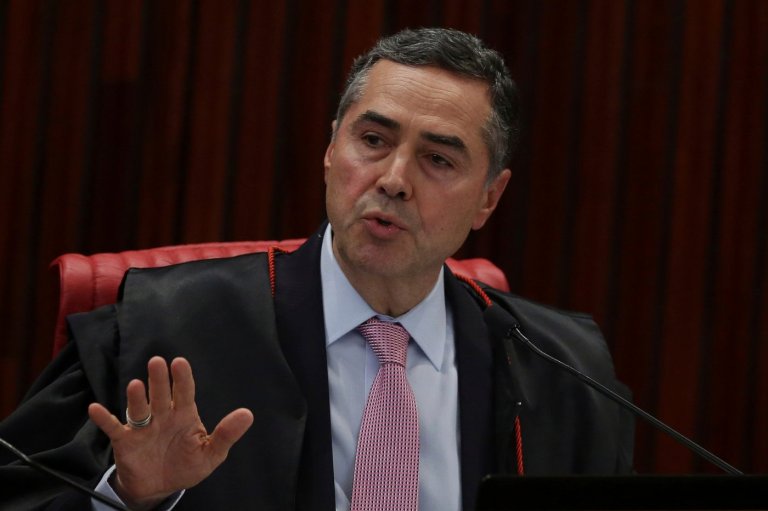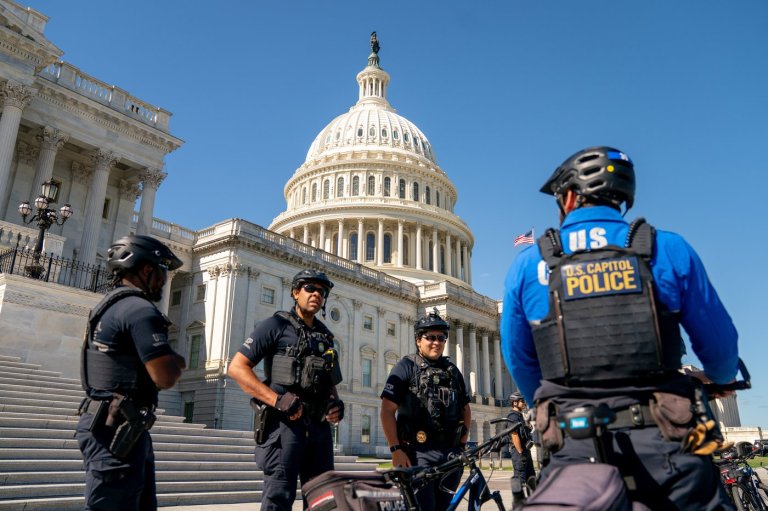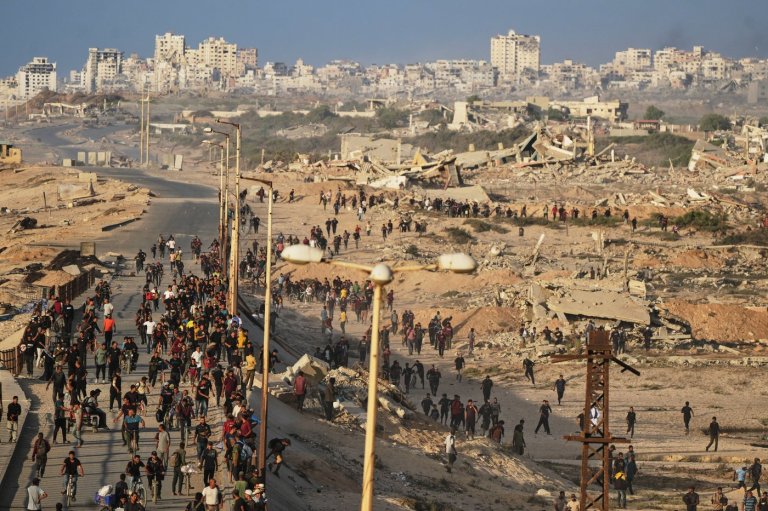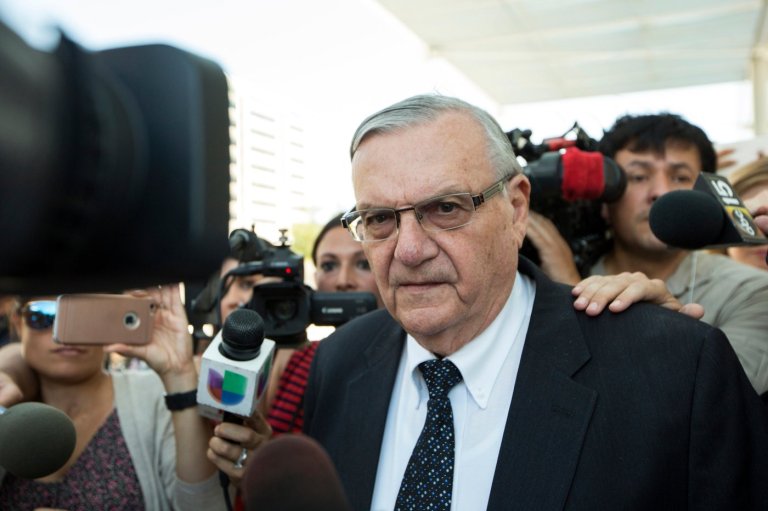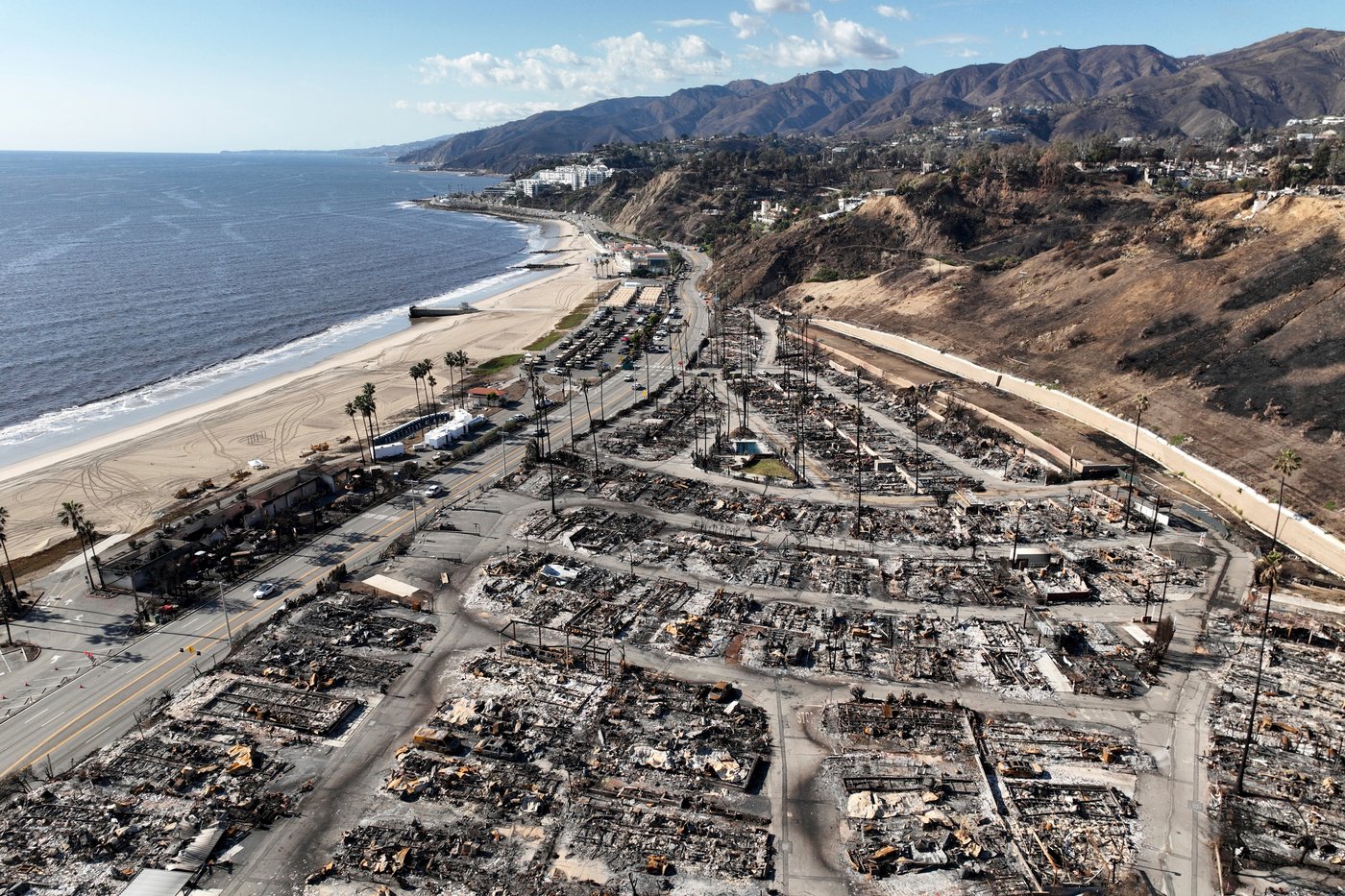
Judge orders suspect in deadly LA wildfire to remain jailed, citing mental health concerns
ORLANDO, Fla. (AP) — A federal judge in Florida ordered the man charged in California’s deadly Palisades Fire to remain jailed Thursday after a prosecutor said he had traits of an arsonist and his family had worried about his declining mental state.
In ordering Jonathan Rinderknecht to be kept in detention, U.S. Magistrate Judge Nathan Hill said he had concerns about the suspect’s mental health and his ability to get to California for future court hearings.
Federal officials have said Rinderknecht, who lived in Southern California at the time, started a small fire on New Year’s Day that smoldered underground before reigniting nearly a week later on Jan. 7 and roaring through coastal Pacific Palisades and Malibu.
The fire, which left 12 dead in hillside neighborhoods, was one of two huge blazes that broke out that day. They killed more than 30 people in all and destroyed over 17,000 homes and buildings in Los Angeles County.
Prosecutors say the suspect is a flight risk
Assistant U.S. Attorney Rachel Lyons said during Thursday’s hearing in federal court in Orlando that Rinderknecht was a flight risk because he had family in France and spoke French.
Shackled and wearing a red jail uniform, Rinderknecht listened attentively as an agent from the Bureau of Alcohol, Tobacco, Firearms and Explosives recounted the family’s concerns about the man’s mental health.
ATF special agent Thomas Harrison testified that Rinderknecht moved into the home of his sister and brother-in-law in Brevard County, Florida, five months ago. But they have since moved out and started eviction proceeding against him out of fear for their safety. Rinderknecht threatened to burn their house down during an argument, prompting a call to the police, Harrison said. His father again called police after Rinderknecht said he had a gun he would use in self-defense, Harrison said.
No arrest was made or charges filed in either police call.
Lyons, the prosecutor, hinted that any possible sentence with a conviction could be magnified because deaths were involved.
The prosecutor added that Rinderknecht had become a loner with “a despondent view of the world,” and spent a lot of time on ChatGPT, living paycheck to paycheck as an Uber driver, Lyons said.
In arguing that her client should be released under strict conditions, Assistant Federal Defender Aziza Hawthorne noted that officers never asked Rinderknecht’s sister if she thought his threat was credible. The public defender also said there were never any allegations of physical violence and Rinderknecht had been seeing a psychiatrist recently.
Rinderknecht was not a flight risk, she said, and his family was supporting him during the criminal proceedings.
“He is not a risk to anyone,” Hawthorne said.
After the hearing, outside the courtroom, one of his sisters comforted the other as she cried. None of the family members wanted to talk to reporters.
Rinderknecht was expected to remain in the Seminole County Jail until a hearing set for Oct. 17, when prosecutors are to present the evidence they have to charge him.
Investigators zeroed in on the suspect in January
Rinderknecht was arrested Tuesday but he was first interviewed by authorities on Jan. 24. Investigators said during the intervening months they worked to rule out other potential causes for the first fire’s ignition, such as fireworks or lightning strikes. All the while they were combing through the suspect’s phone to track his whereabouts on the day it began.
Kenny Cooper, special agent in charge of the ATF’s Los Angeles Field Division, said his agency pursued more than 200 leads in the U.S. and abroad while scouring the hillsides where the fire was ignited.
“We literally had agents, with our partners, on their hands and knees crawling through fire debris,” Cooper said. “We collected more than 13,000 items of evidence, including fire debris, digital data, DNA samples.”
More than 500 scientific tests were done at an ATF lab and investigators also went back to the scene to recreate the fire under the exact conditions when it started on New Year’s Day, he added.
“And I highlight this because I know there’s questions on the length that it took us to come to this conclusion,” Cooper said during Wednesday’s news conference announcing the arrest.
The first fire smoldered underground for days
Cooper downplayed firefighters’ role in failing to prevent the initial fire from reigniting, saying the blaze smoldered underground undetected and remained active for days.
“The person who started this fire is solely to blame,” he said. “I will never blame our brave firefighters when we know how this fire started.”
Interim Los Angeles Fire Chief Ronnie Villanueva, who was not in charge of the department in January, said crews worked the first fire for 36 hours, digging around it and extinguishing hot spots. He said their conclusion was that suppression efforts were successful and it was “totally, totally out.” Villanueva said “holdover” fires linger in root systems and can reach as deep as 20 feet (6 meters), making them undetectable by imaging cameras.
“So even if someone would have put thermal imaging on it, they would have come up with final extinguishment like our firefighters did,” he told The Associated Press.
The department released a report Wednesday that found firefighters lacked enough resources and struggled to communicate clearly in the first 36 hours of the Palisades Fire and that those challenges hampered their response during a critical time. The report said the department did not pre-deploy enough resources despite warnings of severe winds.
___
Weber reported from Los Angeles. Associated Press reporter Jaimie Ding in Los Angeles contributed to this report. Follow Schneider on the social platform Bluesky: @mikeysid.bsky.social
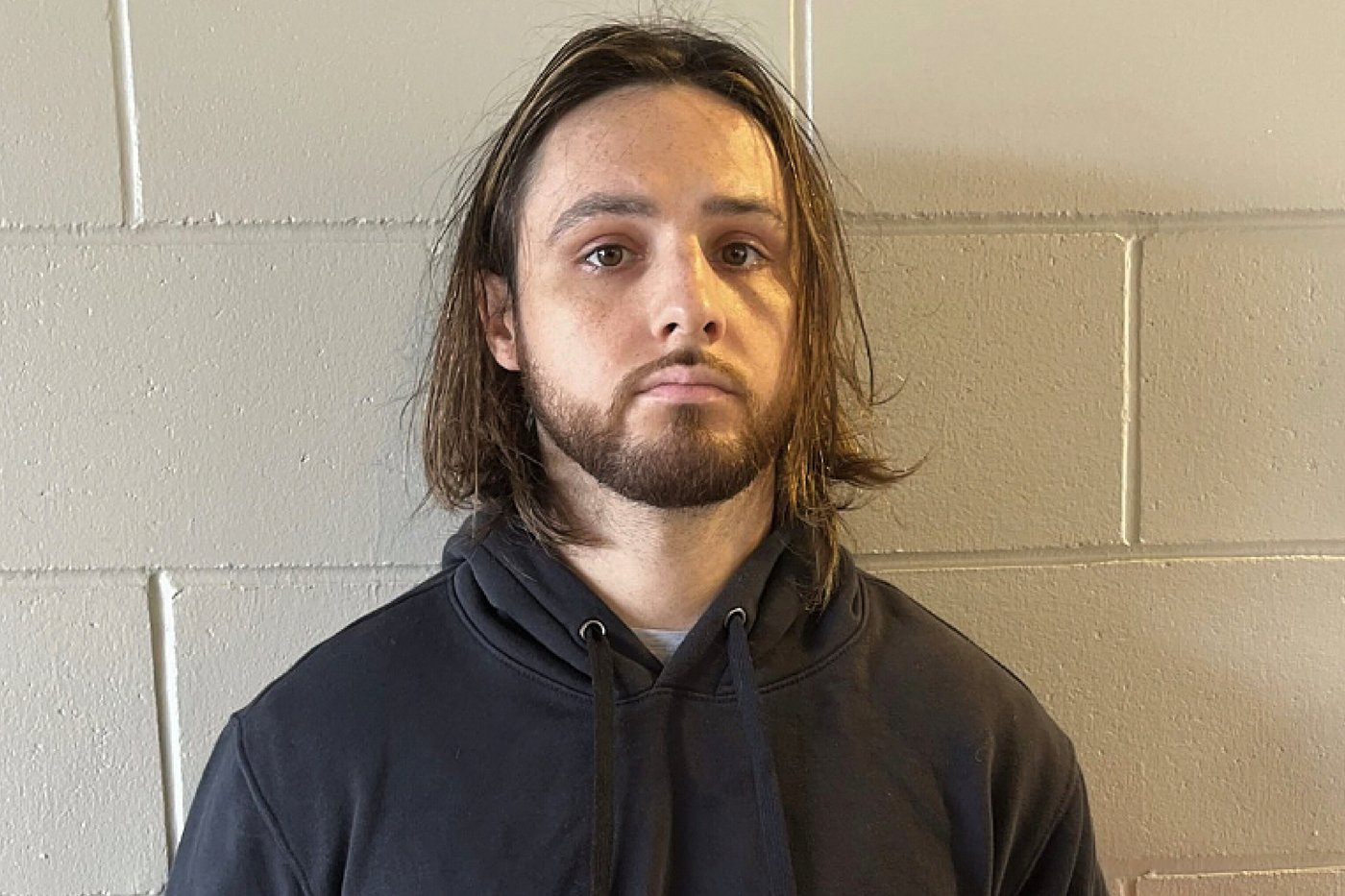
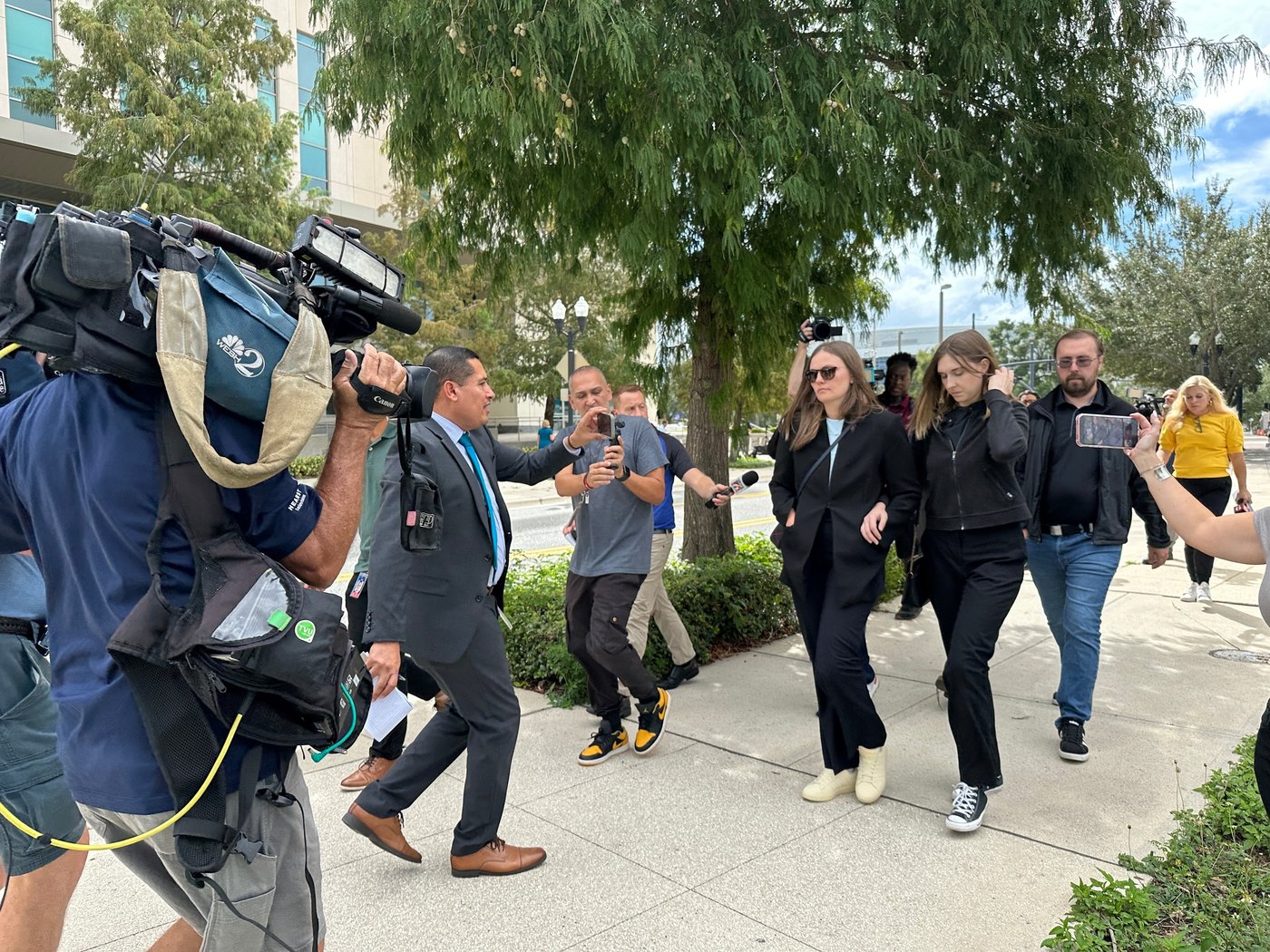
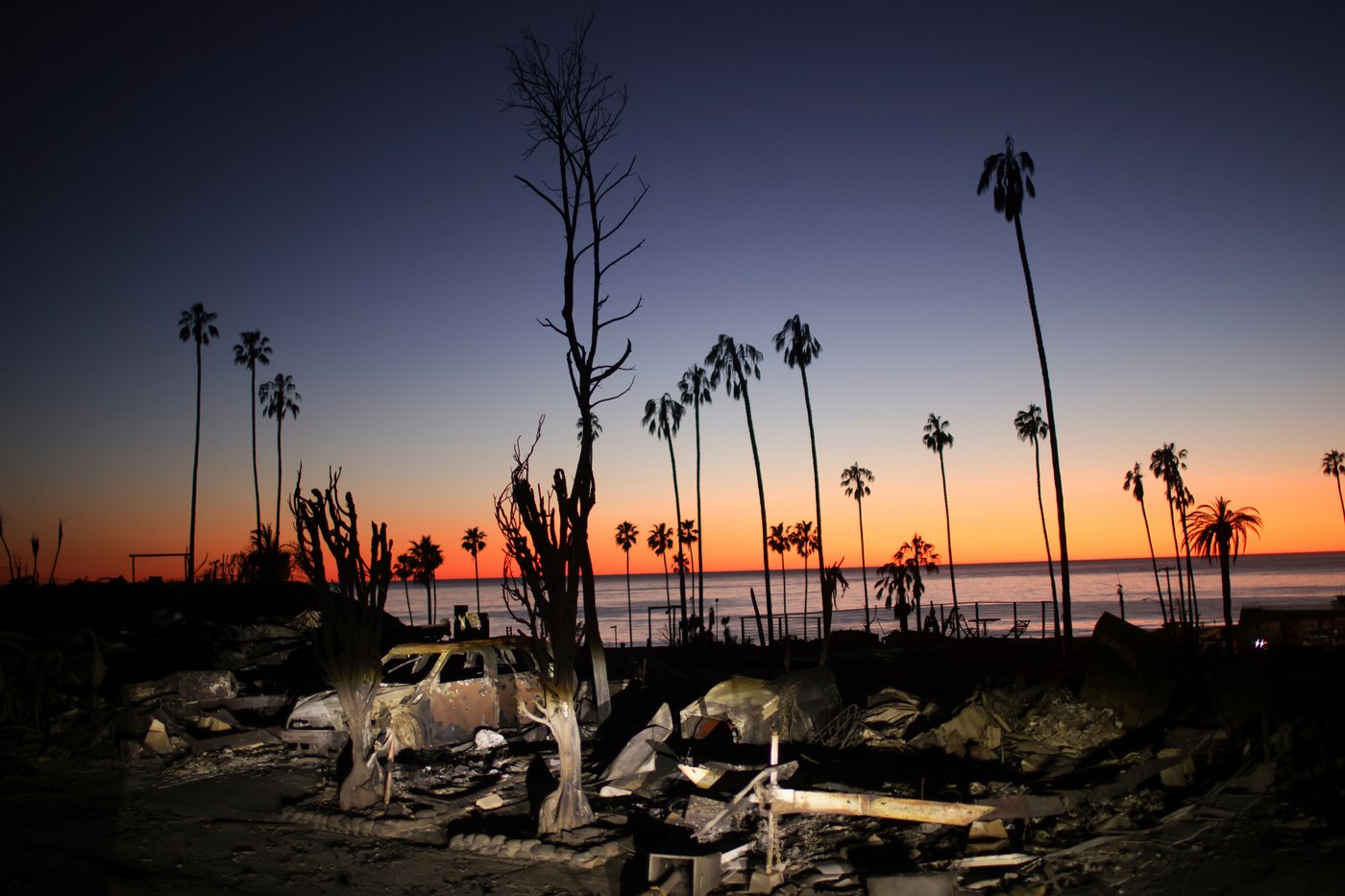
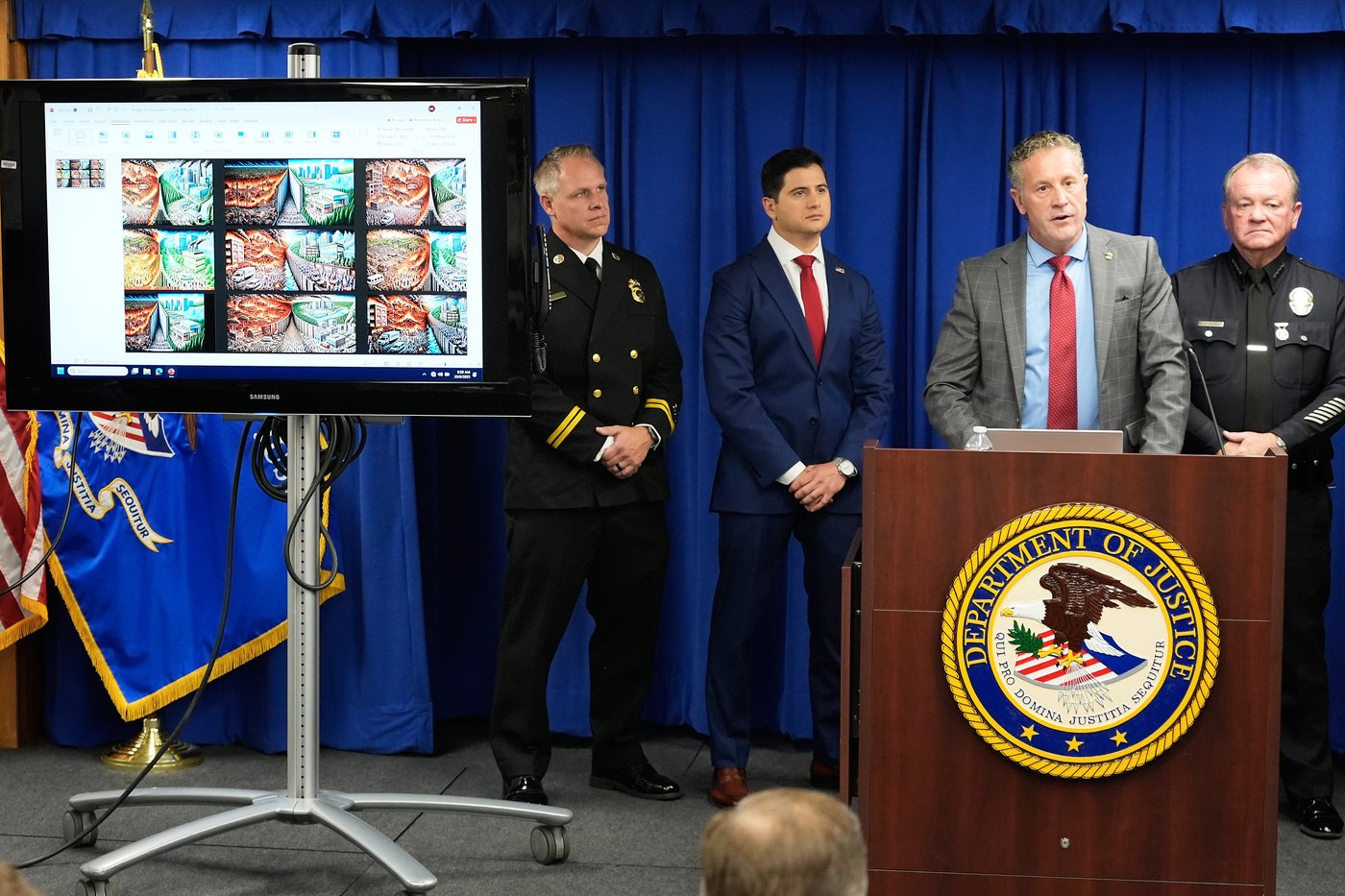
Join the Conversation!
Want to share your thoughts, add context, or connect with others in your community?
You must be logged in to post a comment.













